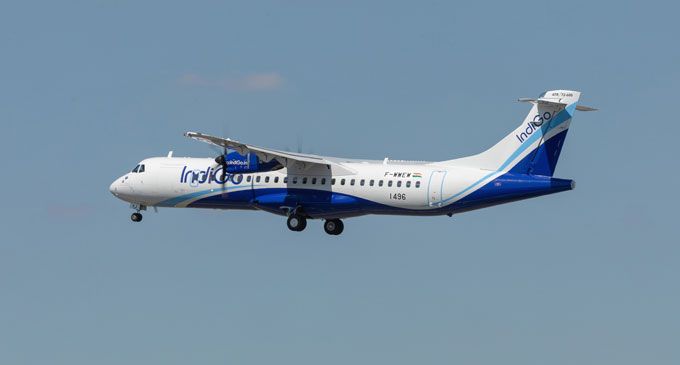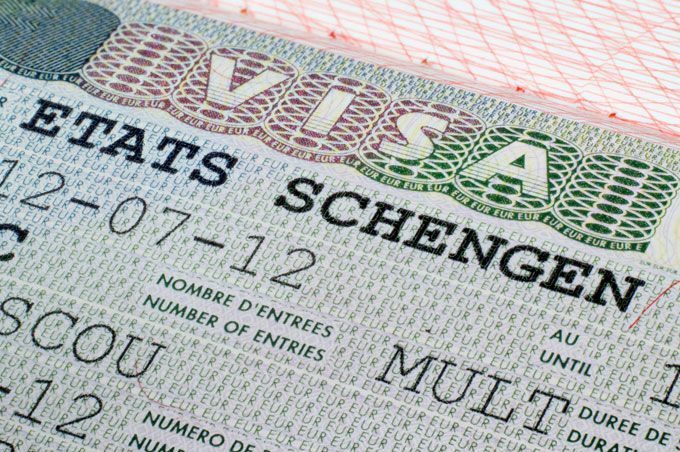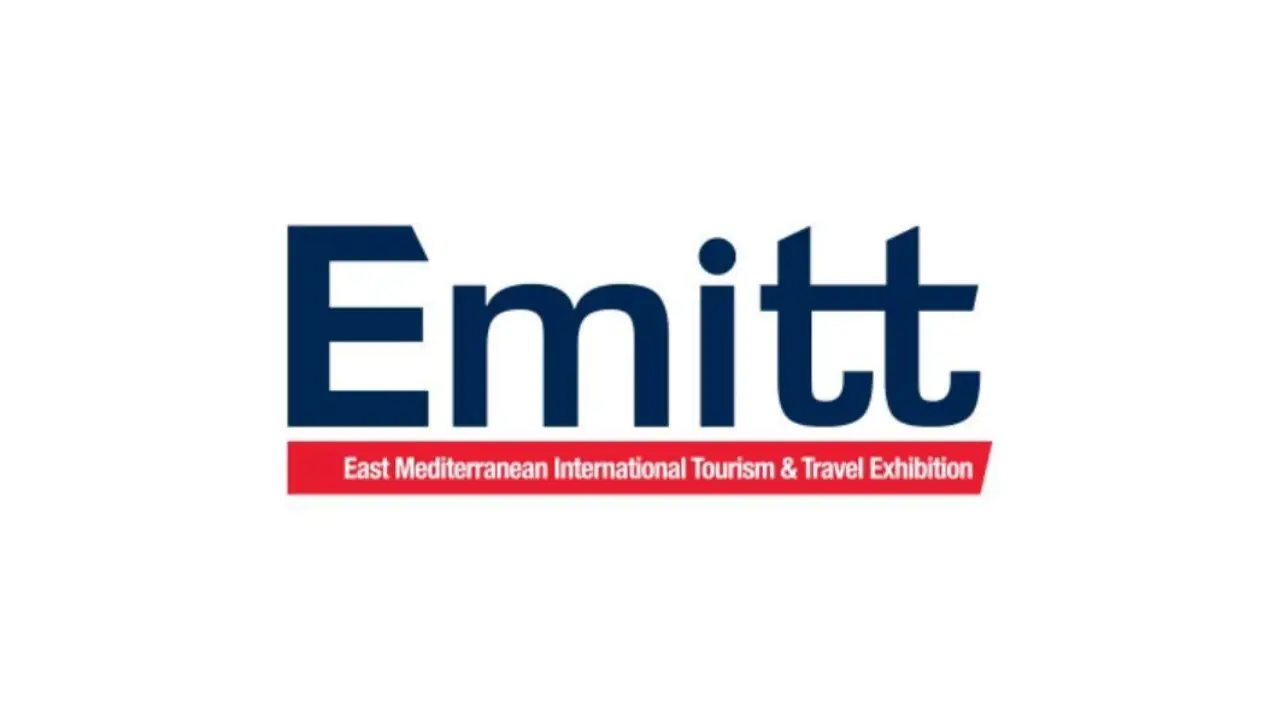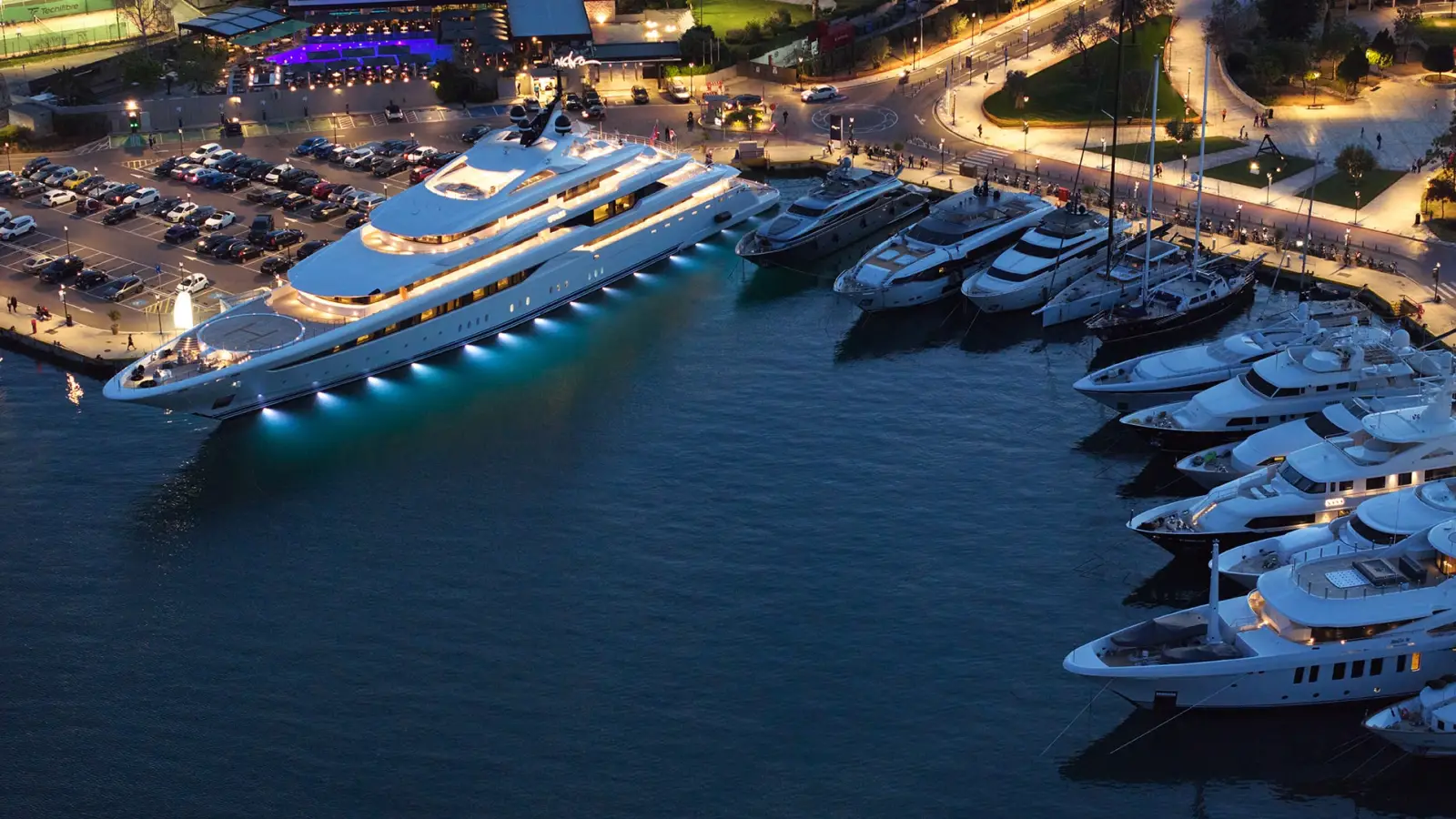The Florida-Caribbean Association (FCCA) announced that the 2017-2018 cruise year brought record economic contributions to the region, despite the historic hurricane season.
According to the study released today by Business Research & Economic Advisors (BREA), Economic Contribution of Cruise Tourism to the Destination Economies, cruise tourism directly generated $3.36 billion in total cruise tourism expenditures-more than six percent higher than the record set by the previous study in 2015-along with nearly 79,000 jobs paying more than $900 million in wage income in the 36 participating destinations.
“We could not be prouder of these results and what they mean for all of our neighbors and partners throughout the Caribbean and Latin America,” said Michele Paige, president, FCCA. “Beyond showing what cruise tourism brings to these destinations’ economies, which was crucial in restoring lives and communities following last year’s historic hurricane season, many of the findings will also serve as the foundation of building further mutual success between cruise lines and destination stakeholders.”
The study measured direct spending impacts through passenger surveys and crew surveys; cruise line spending for services and provisions; port revenues; and employment generated by cruise ship calls. Measurement of economic impacts was calculated by collecting data from local government agencies, regional development agencies and international economic agencies to evaluate impacts on employment, wages, port fees and taxes. Key findings include:
- Cruise tourism generated $3.36 billion in expenditures, up 6.3% compared to the last study in 2015 and the previous record.
- 78,954 jobs were attributable to the industry, up 5.2% compared to the last study, paying a total employee wage income of $902.7 million.
- Destinations welcomed 25.2 million onshore visits from cruise passengers, with an average spend of $101.52, generating a total of $2.56 billion.
- Destinations welcomed 4.4 million onshore visits from crew, with an average spend of $60.44, generating a total of $265.7 million.
- Cruise lines spent $534 million, an average of $14.8 million per destination.
- The 29.6 million passenger and crew visits represent a 5.2% increase compared to the previous study, and the 32 common destinations in the 2015 and 2018 studies experienced a 6.5% increase in passenger visits.
- Average per passenger spend increased for 23 of the 32 common destinations, and 12 destinations recorded average spend rates above $100 per passenger (up from nine in 2015).
- On average, a single transit cruise call with 4,000 passengers and 1,640 crew generates $378,500 in passenger and crew spending alone: $339,500 and $39,000, respectively.
The study’s measure of cruise tourism expenditures did not include indirect benefits of cruise tourism, including supplies purchased by tour operators, restaurants and port authorities, though the estimates of these expenditures served as the basis for total employment and wage impacts. The study also did not account for other indirect benefits, such as spending from cruise passengers who return as stay-over guests; nor did the study measure other methods of cruise line spending that benefit destinations, including NGO partnerships and marketing.
Results were skewed by last year’s historic hurricane season-with destinations like British Virgin Islands, Puerto Rico, St. Maarten and the United States Virgin Islands seeing declines due to the temporary effects, while still totaling expenditures more than $500 million during the study and now regularly welcoming more than 10,000 cruisers per day due to their remarkable recoveries. Additionally, the temporary impacts led to increases in destinations like Guadeloupe, Martinique and Bonaire. According to the study, all of this showed “further proof that the Caribbean cruise industry is strong, and the member destinations, in all their beauty, continue to be both resilient and successful.”
The study-which is engaged by the FCCA in partnership with its destination partners every three years as one of many ways to foster the understanding of cruise tourism, its benefits and how to best actualize its potential-was released at the 25th annual FCCA Cruise Conference & Trade Show in San Juan, Puerto Rico, further adding to the event’s focus on maximizing mutual success for all throughout cruise tourism through a series of meetings, workshops and networking opportunities between destination stakeholders and cruise executives to offer insight and develop business and relationships.
The full study; its Volume II focusing on both the specific spending within the destinations, along with metrics including passenger satisfaction, time spent ashore and types of shore excursions; and similar studies dating back to 2001 are available at www.F-CCA.com/Research.
36 Participating Destinations with Total Cruise Tourism Expenditures (in $US Millions)
Antigua & Barbuda ($77.7); Aruba ($102.7); The Bahamas ($405.8); Barbados ($71.0); Belize ($86.1); Bonaire ($30.2); British Virgin Islands ($12.6); Cayman Islands ($224.5); Colombia ($59.8); Costa Maya, Mexico ($89.5); Costa Rica ($29.2); Cozumel, Mexico ($474.1); Curacao ($71.7); Dominican Republic ($134.7); Ensenada, Mexico ($40.4); Grenada ($19.2); Guadeloupe ($52.9); Guatemala ($11.1); Honduras ($107.4); Jamaica ($244.5); Manzanillo, Mexico ($2.7); Martinique ($38.2); Mazatlán, Mexico ($15.9); Nicaragua ($5.7); Panama ($77.8); Progreso, Mexico ($32.7); Puerto Chiapas, Mexico ($1.6); Puerto Rico ($151.2); Puerto Vallarta, Mexico ($42.5); St. Kitts & Nevis ($149.3); St. Lucia ($59.4); St. Maarten ($143.2); St. Vincent ($16.4); Trinidad ($3.5); Turks and Caicos ($86.5); and the United States Virgin Islands ($184.7).













